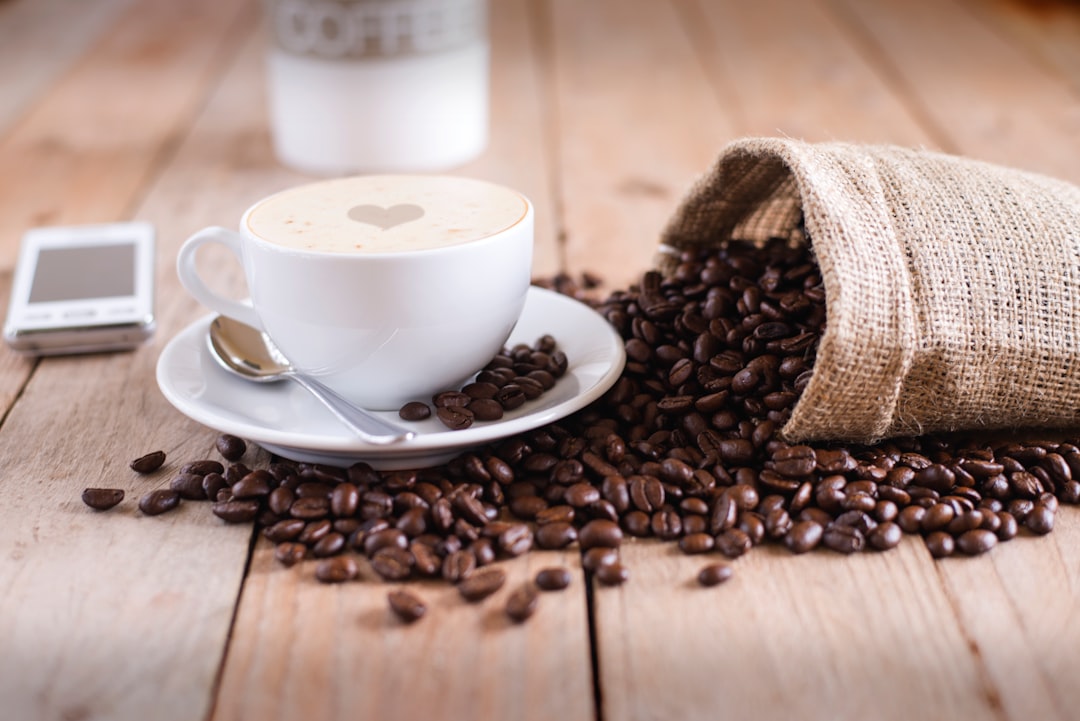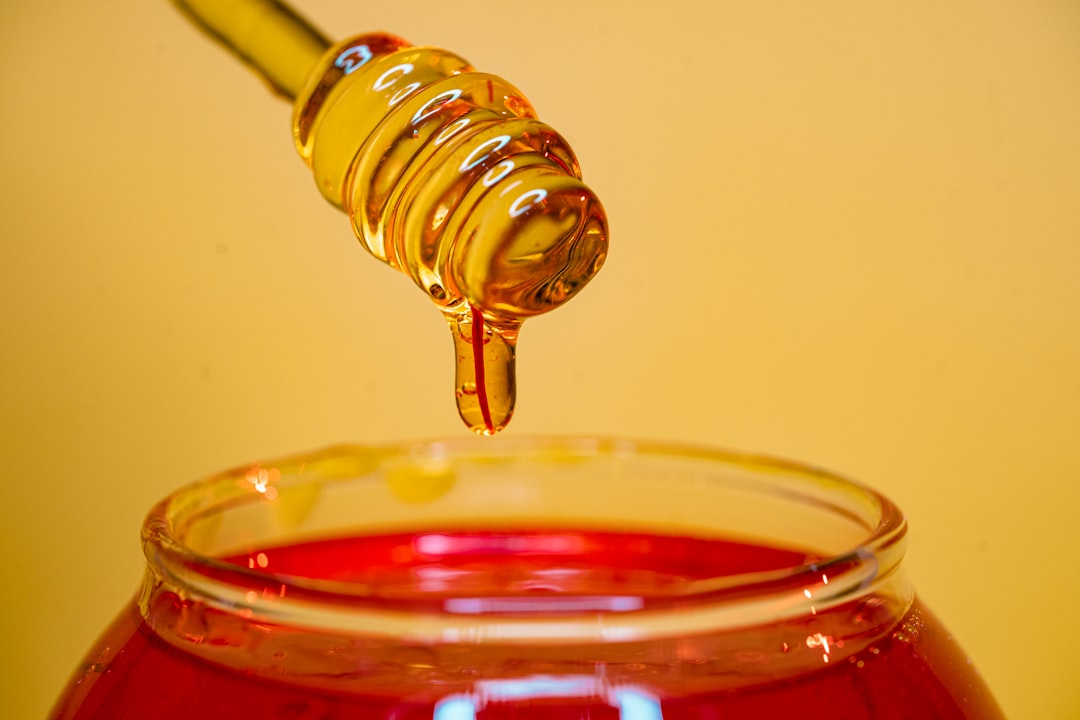Supplement Update: Spring 2023 Protocol
Updates on Caffeine, Honey, Sodium, Melatonin, and Vitamin D.
True to the cause and use case, supplementation should have an application as a means to an end, not an end within themselves — i.e. they are not a replacement for more substantial interventions.
Here I’ll review the doses and timing for supplements I use on a carnivore diet as of Spring 2023:
Caffeine
Vitamin D
Melatonin
Honey
Salt / Electrolytes
Before anyone criticizes the dual use of “uppers and downers” (caffeine and melatonin), I encourage you to read through the entire protocol below as to how, why, and when these things are used before commenting or dismissing the work entirely.
The Protocol:
I want to emphasize again that supplements are not replacements for actual nutrients. They are augmentations for outlying circumstances — such as training conditions. They are not panaceas for poor, intentional, and avoidable chronic lifestyle choices.
Sodium:
Sodium is the king electrolyte and accompanies potassium, magnesium, and calcium to provide hydration and regulation of fluid. Salt, specifically has the effect of lowering body temperature and heart rate; though in some sensitive cases it does raise blood pressure due to pulling fluid and increasing blood volume.
You could write an entire book on the wrongful villanization of sodium (ref.). Suffice to say here, that in line with the lowest all cause mortality dosing of 4-6g / day (ref.); my daily standard is 3g of sodium (Na) / day.
If I’m training that day (which is almost every day), I add another 1g of sodium (1/2 tsp. salt) to my water jug during that session. If I’m training more than once per day I add yet another 1g of sodium. If the heat index is over 90’F and I’m training outside... yup, another +1 g.
Baseline (rest day): 3g Na (1.5 tsp. salt).
For each 1 hour of training: +1g Na
If heat index is over 90’F: +1g Na
Source: Redmond Real Salt (for daily base), Redmond Re-Lyte (for training addition/s). *Affiliate Disclosure*
Caffeine:
Ah yes, the world’s favorite psychoactive drug, and hotly contested topic. Truly, there are sourcing things to look out for like mold and pesticides (ref., ref.) — though there are ways to mitigate exposure such as buying organic and looking into the producer’s sustainability practices.
Huberman Lab (ref.) did a great rundown on caffeine and one of the key takeaways for me was that the chemical is a very powerful dopamine reinforcer, though in a different pathway than typical drugs of abuse.
Most people fall into a trap of:
Drinking too much caffeine.
Sleep cycles already being out of whack.
Improper caffeine timing.
Regarding dosing, I believe Robb Wolf has mentioned a similar reference range before as well, somewhere around 3-5 mg of caffeine / Kg of bodyweight is optimal. So, if I weigh 80 Kg (180 lbs) I should keep my daily caffeine intake below 400 mg (about one Starbucks Venti, 20 oz), and will likely see an optimal dose response with a “tall” 12 oz (200 - 300 mg).
Caffeine blocks adenosine receptors in the brain which, rather than giving you energy, stalls your brain from realizing it’s tired — hence the later “crash.” Ideally, you should be rested in the morning and not have a lot of residual adenosine, so slamming caffeine first thing in the morning means something’s off.
Dosage: 300 mg / day (3 x 100 mg)
Timing: after breathwork / meditating in the morning, again after meditating / breath work after lunch, again mid-afternoon.

Honey:
Carbohydrates… another hotly contested topic. I’m going to lean heavily on my previous work here (ref.) in case anyone is of the never-ever-carb camp. Suffice to say, in brief, that given my build and activity level, it’s not difficult at all for me to burn through my glycogen (muscle sugar) supplies faster than they can be restored by protein being converted to sugar (gluconeogenesis).
A lot of people get their dogmatic panties in a bunch when they hear carbohydrates and they lose any sight of nuance, sourcing, or dosing. I still have to choose my sources carefully (I don’t do well with the fiber in most fruit) and obviously I’m not talking about a pasta and bagels.
I’m also not talking about a whole 2 liters of Coke or a whole box of Oreos. I’m talking about 20-50g of carbohydrates. I’m also not talking about every day. This is specifically between training sessions when I have more than one per day.
For me, the biggest observable benefit is less fatigue after multiple training sessions which lead to less reliance on caffeine later in the day or less need to absolutely pound electrolytes.
Sourcing: Find something easily digestible (fruit juice or honey). If you’re concerned about fructose, grapefruit juice has a high inoistol : fructose ratio and is relatively low in the later. PS: Milk gives me acne, and who TF is going to drink milk between back-to-back training session in a southern summer?!
Dosing: This is tricky, but a little goes a long way. I’d start with one serving per additional training session. Obviously, intensity of the training session(s) matter and most people aren’t going hard enough to earn their carbs or deplete their stores before the next meal. Read this post to explore respective calculations further.

Vitamin D:
During the summer I do a pretty good job of maxing out my Vitamin D at 20,000 IU from the sun / day on the weekends (ref.).
However, the weekdays can be hit or miss, especially depending on the time of year — and especially your geographic location. Now that I’m back on a regular day shift I feel like I’m sleeping better and more regularly, but the trade off is that my sun time is more compromised by being inside an office most of the day.
You can get Vitamin D over the counter in doses as high as 10,000 IU. That’s quite a bit considering the half-life is about 15 days and the RDA is only 4,000 IU (ref.). This would be a good time to remember that RDA’s are typically geared around “not being deficient” or “not dead yet” which is not nearly to say that those levels are “optimal.”
If I can make it out of winter with a blood level of 30 ng/ml (not deficient) I’m happy. The catch is, you need to stock up enough during the summer. That might mean 60-70 ng/ml (typical toxicity reference ranges start at 80 ng/ml).
My rationale for dosing 5k IU / day is that I’m using a supplement to augment the limitation of a modern work-lifestyle. Yes, I said in the introduction to not do that, which is why I’ve put a seasonal restriction on myself.
I’m not totally outsourcing my supply to synthetic means. It’s still on me to get out in the sun and rack up another 5,000 IU, bringing me to a weekday total of 10,000 IU and, weather permitting, I can still max out at 20,000 during the weekends.
Dosing: 5,000 IU / day from supplement, as much as possible (without burning) from the sun.
Timing: First day of Fall to last day of Spring.
Range: D-minder estimates my current blood level at 50 ng/ml and 209K IUs over the past 30 days. That should reach my goal of 70 ng/ml. However, I want to emphasize sunlight and outdoor time (for MANY other reasons). You’ll note the timing range for supplement use above — supplementing during months / seasons when UVB rays are less available.

Melatonin:
I have some concerns about long term synthetic hormone use, so I want to be very intentional about my use and dose here. Melatonin is commercially sold up to 10 mg though the Sleep Foundation recommends 1 - 5 mg (ref.) dosing for adults.
You’ll note my caffeine protocol stops around 4:00 PM, so if I’m going to bed at 10:00 or 11:00 PM, that’s still cutting it kind of close depending on half-life and sensitivity.
My rationale for using this isn’t for general / everyday sleep. Rather, it’s for when I train in the (late) evenings. An evening jiu jitsu class that runs from 6:30 PM to 8:30 PM causes elevated CNS stimulation, elevated blood pressure, elevated body temperature, and requires you to eat later — also raising body temperature and blood pressure.
I’ve settled on a moderate dose of 5 mg about one hour before bed. This is enough to facilitate endogenous production without leaving me groggy in the morning.
A word of caution though, it would be wise to still practice good sleep hygiene and not take melatonin and then sit in front of a screen (phone, computer monitor, TV, florescent lights) and hammer your eyes with blue light which will suppress the melatonin production you just supplemented (ref.).
Dose: 5 mg, 2-3x per week
Timing: after evening training, 1 hour before bed.

Further Discussion on Evening Training:
This can be a difficult thing to tackle for the reasons above. So far, some helpful recommendations I’ve implemented are:
Keeping my evening meal small, and splitting it even smaller into a pre-workout (1 hour before) and post-workout portions.
Melatonin supplement.
A cool, but not ice / cold bath (tap temperature, up to waist in bathtub with hands submerged). The goal is to lower body temperature, but not so far as to induce shivering / shock response.
Conclusion:
So, there you have it. A simple protocol to round out things I think are important:
Sun (Vitamin D)
Sleep (Melatonin, Salt)
Energy / Training Output (Salt, Caffeine)
Recovery (Salt, Honey)
Creativity (Caffeine)
Hydration (Salt)



